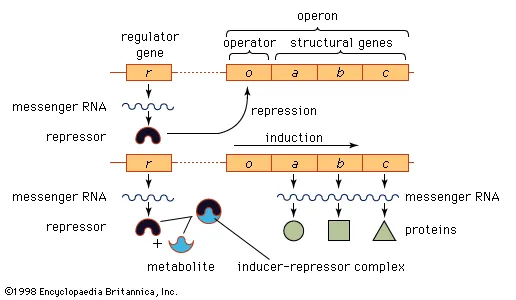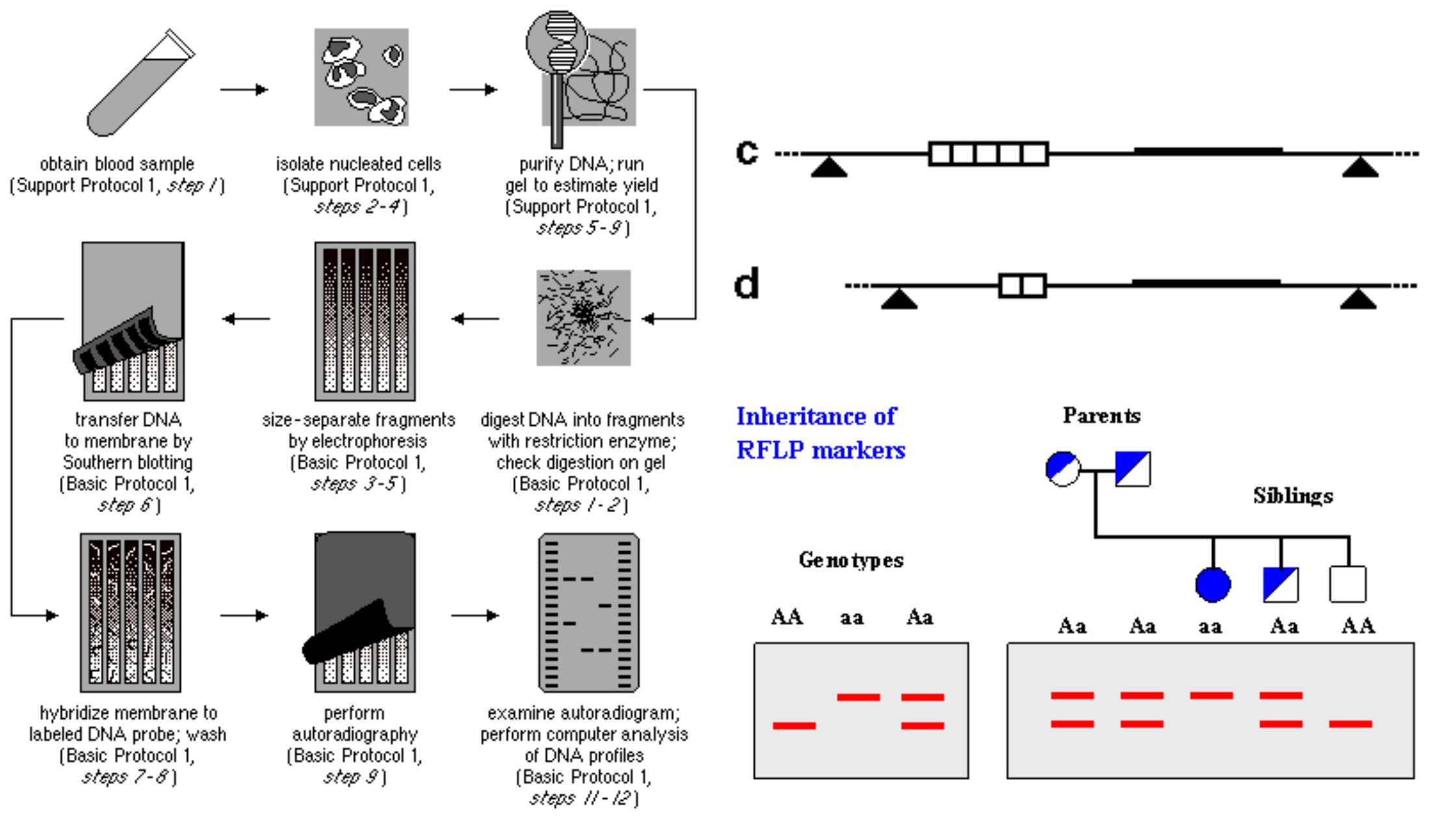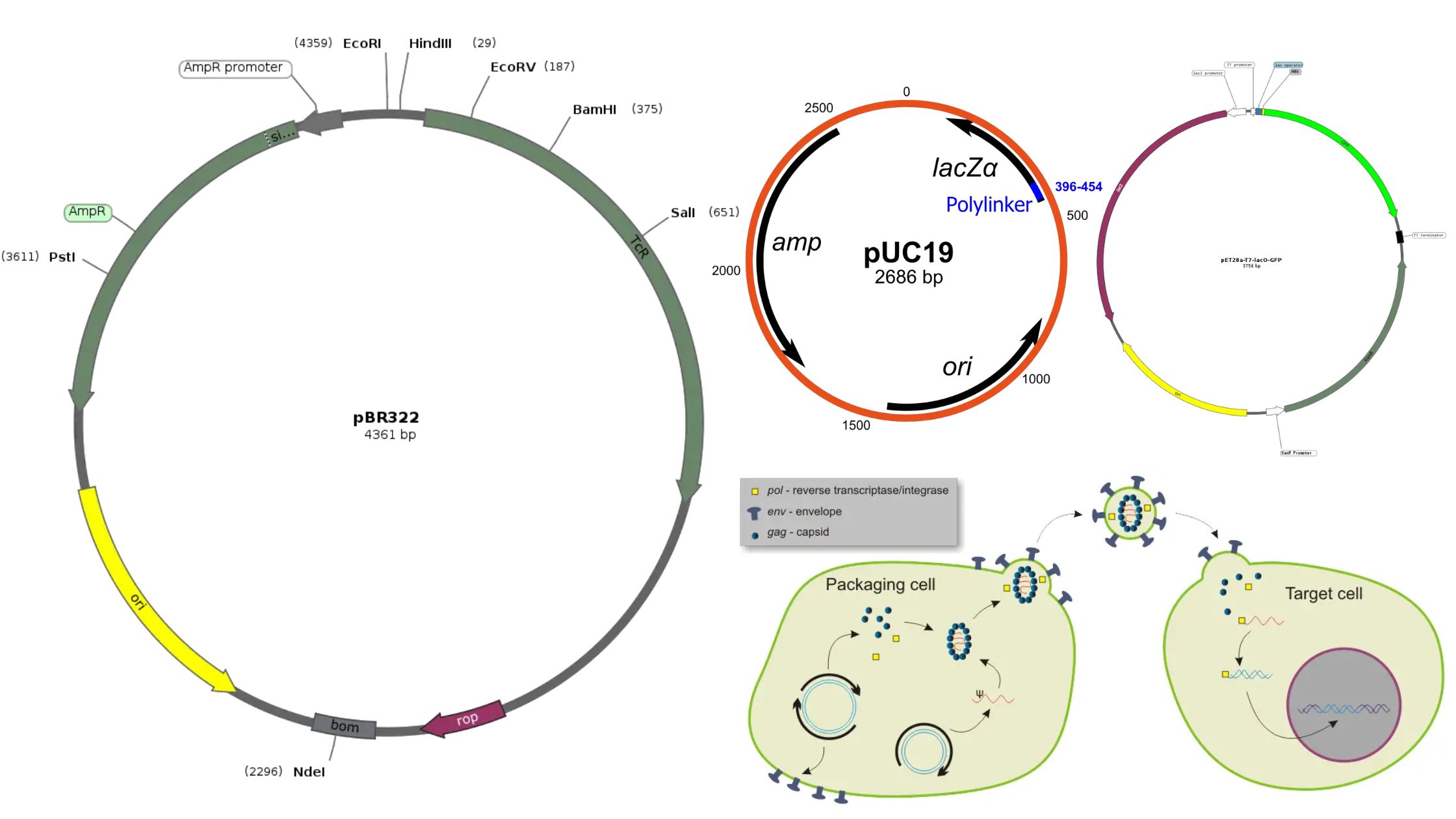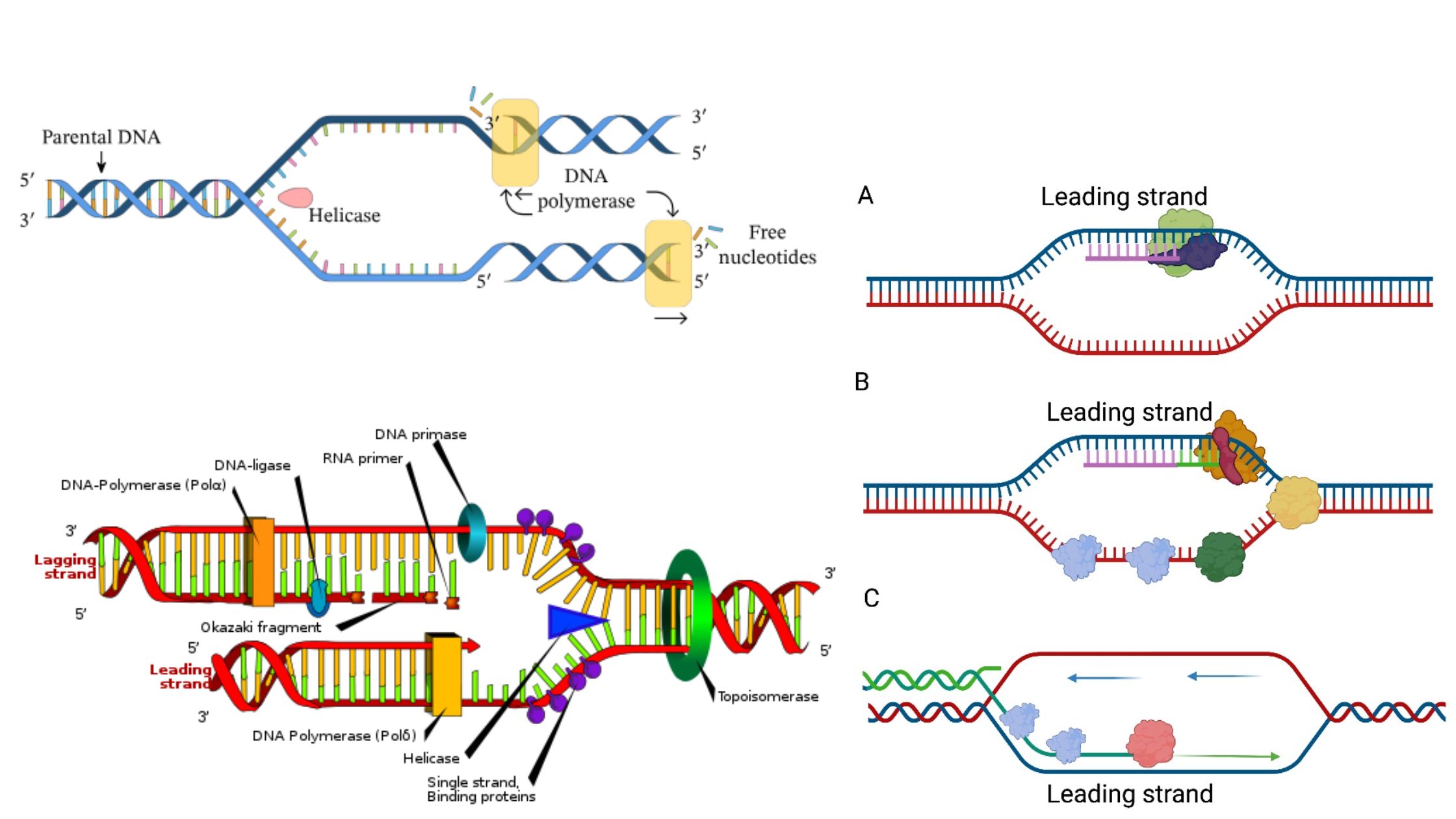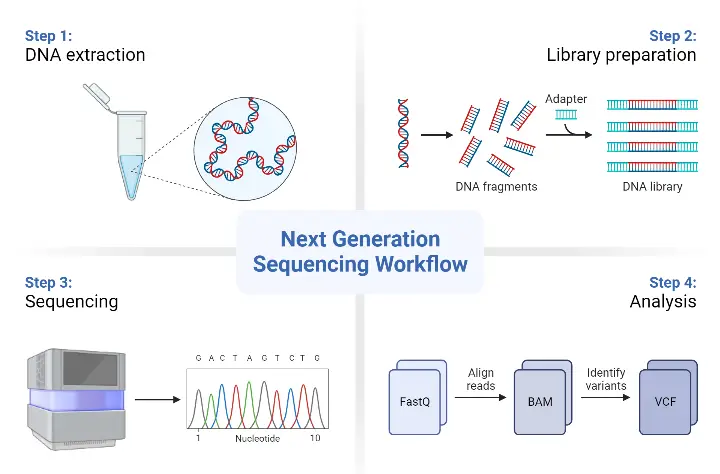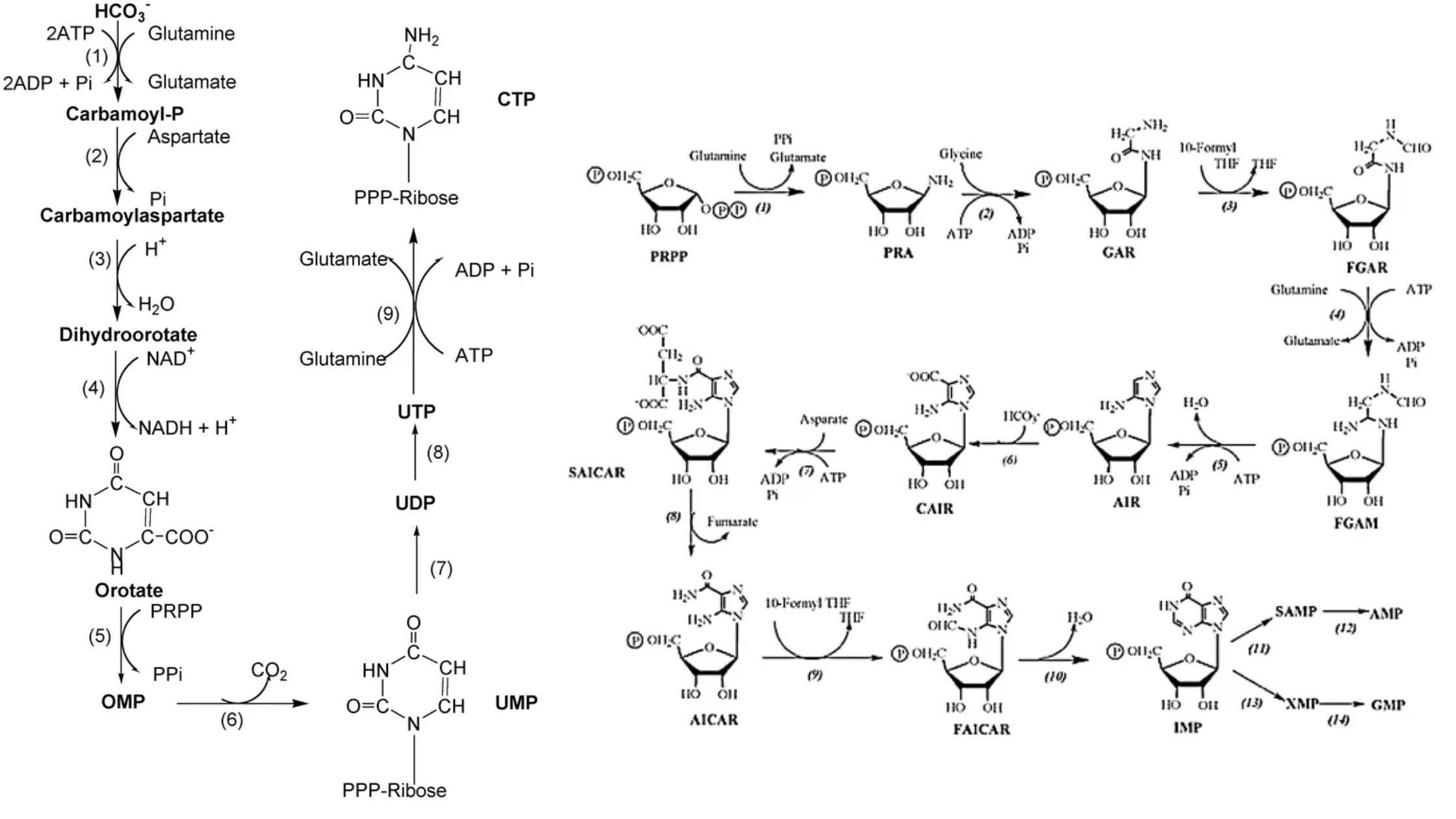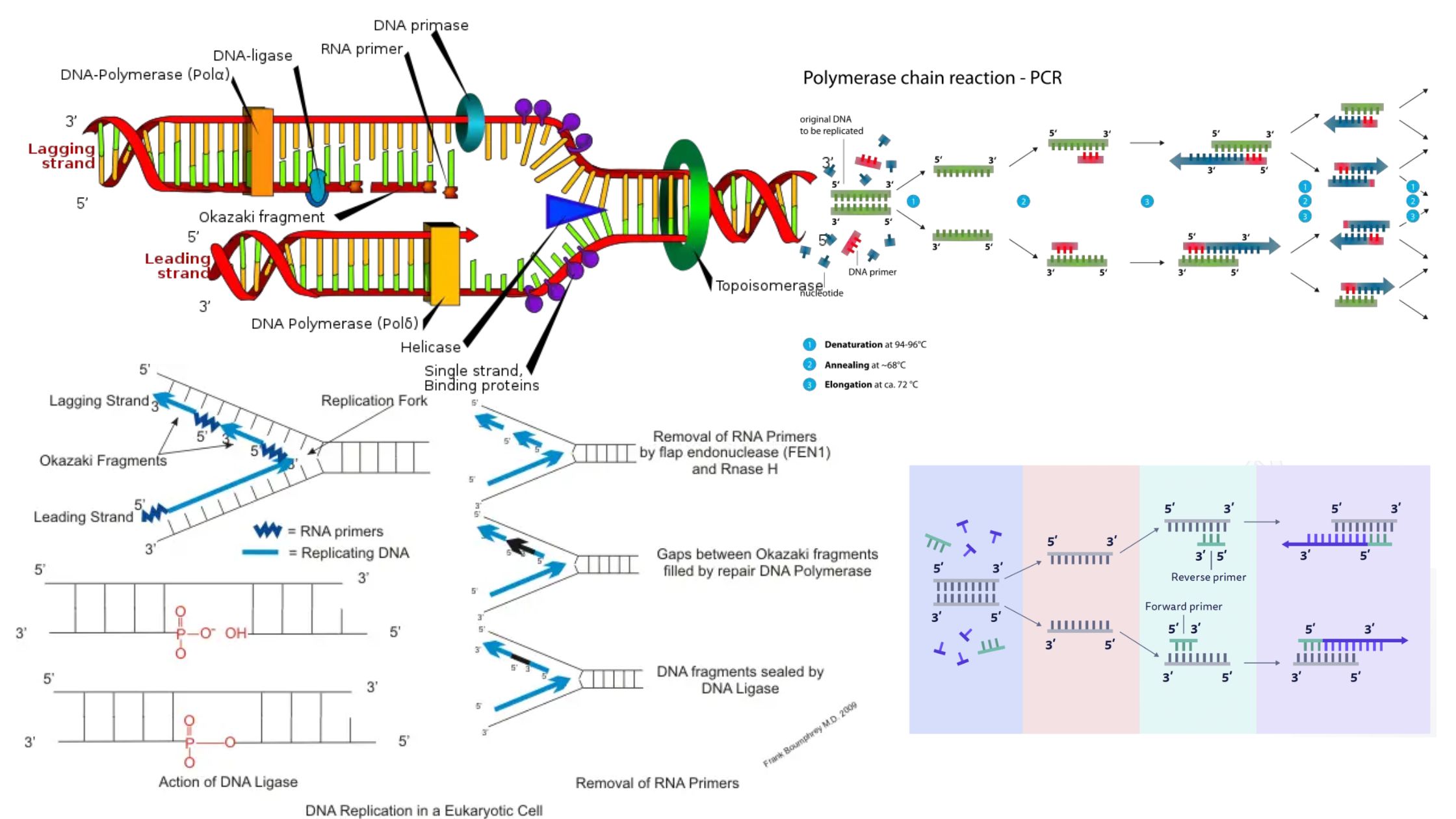Mechanisms of Protein Synthesis Regulation in Prokaryotic Cells
Protein synthesis regulation is the intricate process by which cells control the production of proteins, which are essential for nearly all biological functions. This process involves the precise regulation of gene expression to ensure the synthesis of specific proteins at the right time and in the right amounts. Protein synthesis regulation plays a vital role … Read more
